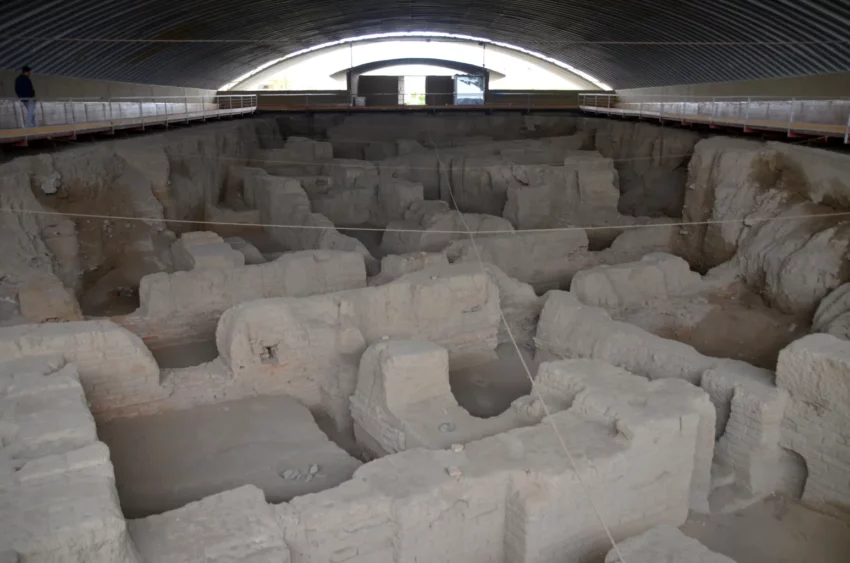Introduction to Ecbatana
Ecbatana, known in Old Persian as Hagmatāna, meaning “the place of gathering,” served as the ancient capital of the Median Empire. It was the first capital of Iran and later became the summer capital for both the Achaemenid and Parthian Empires. The city also played a significant role during the Seleucid and Sasanian periods. Ecbatana is believed to be located in the Zagros Mountains, east of central Mesopotamia, on Hagmatana Hill, now part of modern-day Hamadan.
Get your dose of History via Email
The Founding and Importance of Ecbatana
According to the historian Herodotus, Deioces, the first ruler of the Medes, chose Ecbatana as the capital in 678 BC. He constructed a grand palace surrounded by seven concentric walls, each painted in the color of a different planet. This strategic location and its resources likely contributed to its popularity even before the 1st millennium BC. Ecbatana stood alongside cities like Athens, Rome, and Susa as one of the few ancient cities still significant today.
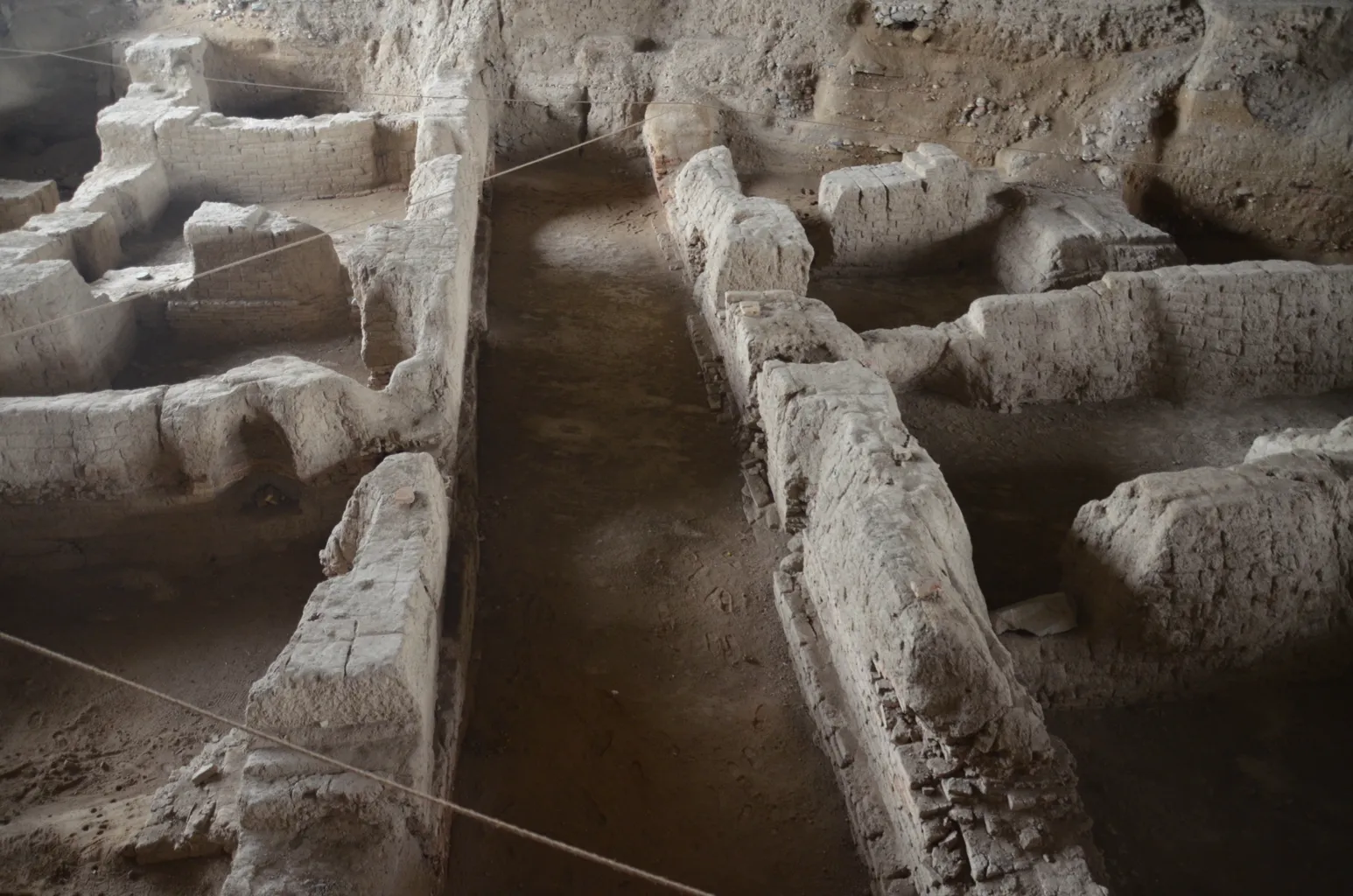
Ecbatana Under Various Empires
Median Empire (678 – 549 BC)
Deioces built a palace in Ecbatana that was both massive and fortified, reflecting the dignity of a royal residence. The palace, located within the innermost wall, was surrounded by other buildings where people resided.
Achaemenid Empire (550 – 330 BC)
Cyrus the Great conquered Ecbatana in 550 BC, marking the start of the Achaemenid Empire. Although it lost some of its former glory, Ecbatana remained vital due to its location on the royal road connecting Persepolis to Sardis and its position at the foot of Mount Alvand.
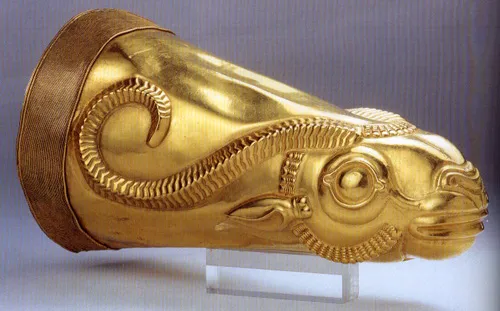
Seleucid Empire (312 – 63 BC)
After Alexander the Great’s conquest, Ecbatana saw the assassination of the Macedonian general Parmenion. The city later came under the rule of Seleucus I in 305 BC. The Battle of Ecbatana in 129 BC was a critical conflict between the Seleucids and the Parthians.
Parthian Empire (247 BC – 224 AD)
Under the Parthians, Ecbatana became a summer capital and a significant minting site. The city’s strategic location continued to ensure its prosperity and importance.
Sasanian Empire (224 – 651 AD)
The city’s allegiance shifted to the Sasanians after Ardashir I conquered it in 226 AD. There is some debate about whether it served as a summer capital during this period.
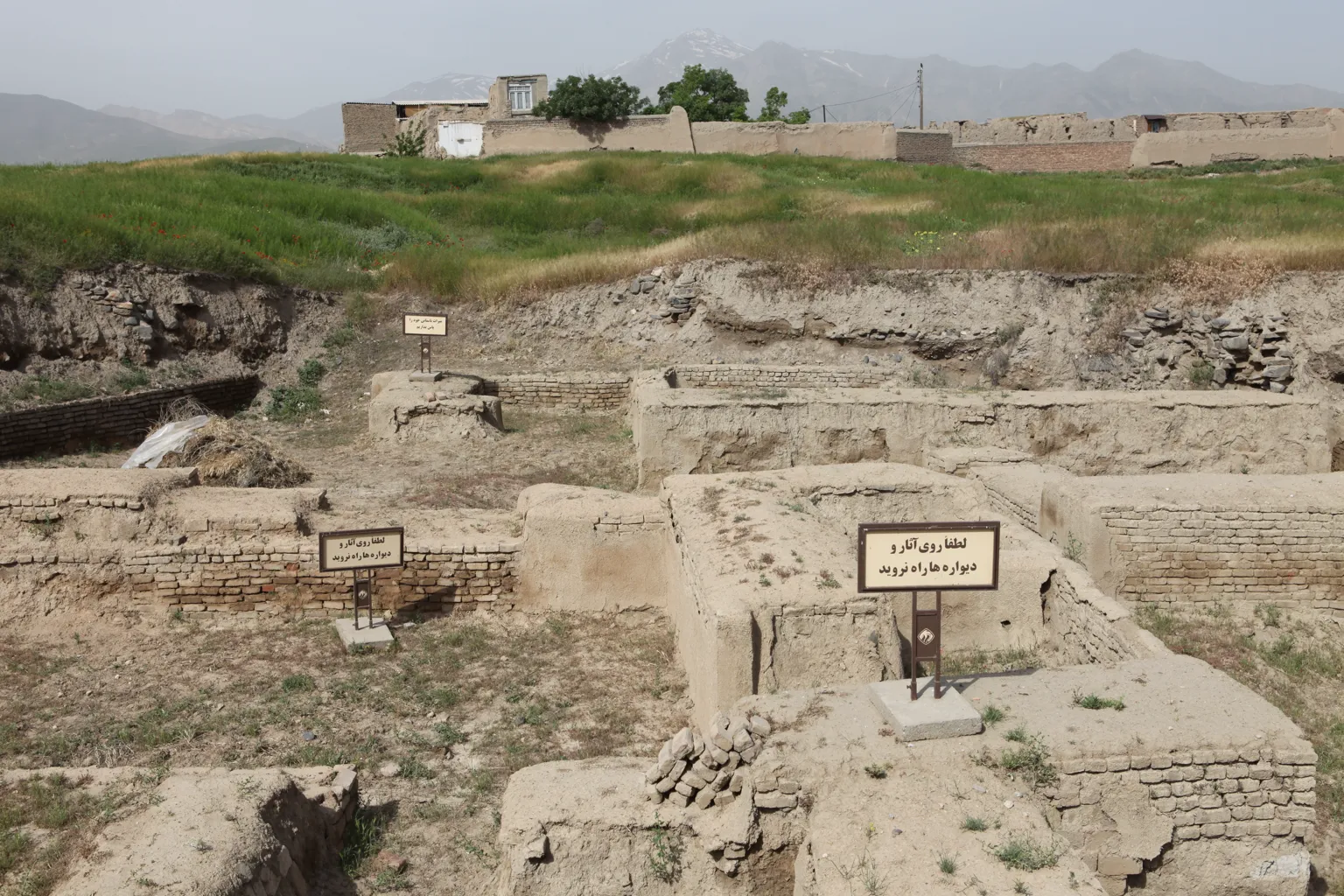
The Decline and Destruction of Ecbatana
Ecbatana fell to the Muslims after the battle of Nahavand in 642 AD. It faced further devastation during the Mongol invasion around 1220 and was sacked by Timur in 1386, leading to significant loss of life and destruction.
Archaeological Insights and Excavations
Ecbatana has been the focus of various archaeological excavations, revealing its rich history and cultural significance. Excavations have uncovered remnants from the Median, Achaemenid, and Parthian periods, although modern development covers much of the ancient site. The Ecbatana Museum, established in 1994, houses many artifacts from these excavations, providing insights into the city’s glorious past.
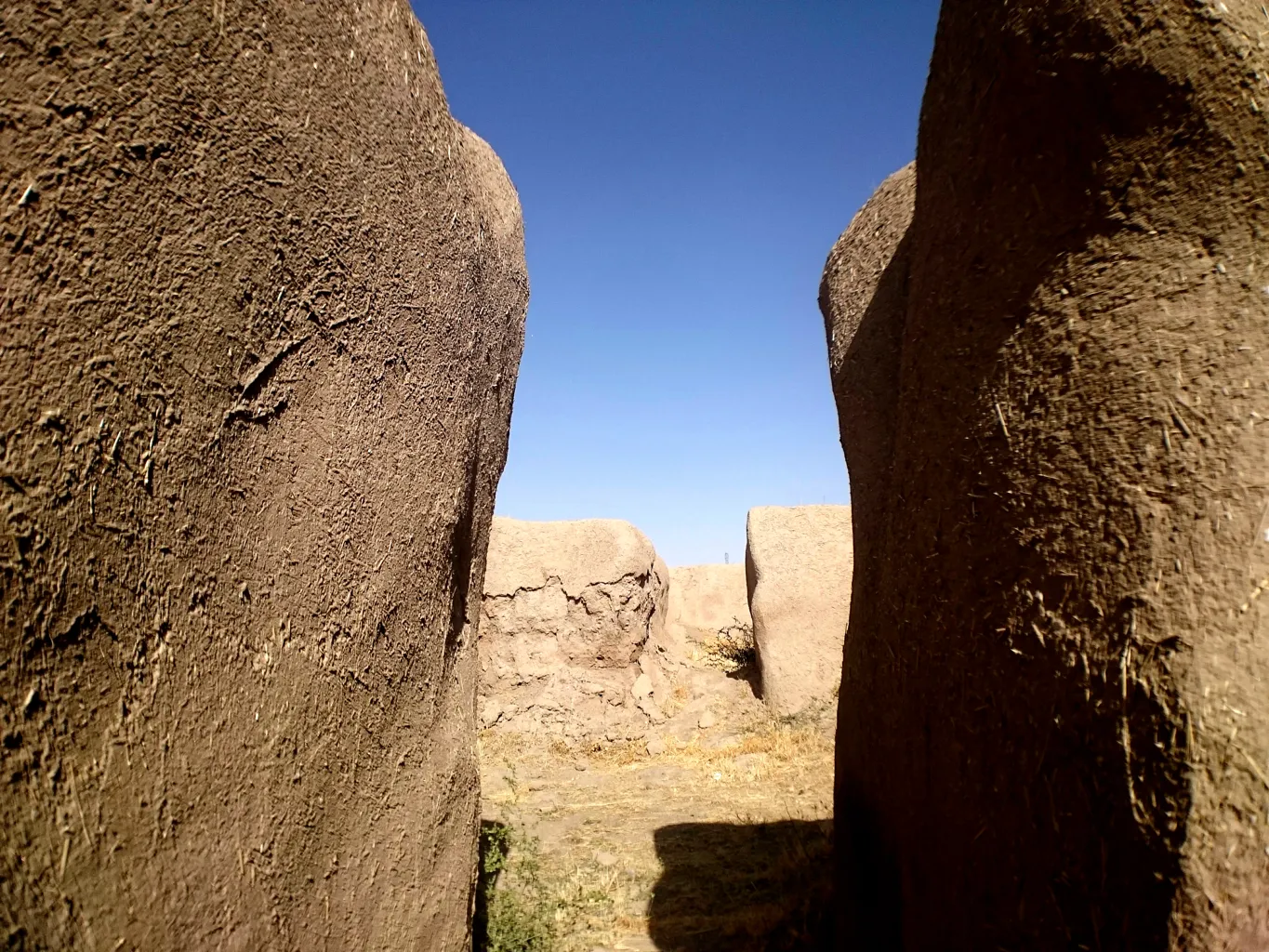
Conclusion
Ecbatana’s historical trajectory from a bustling ancient capital to a site of archaeological interest reflects the dynamic changes in empire and culture in ancient Iran. Its legacy continues to be studied and appreciated by historians and archaeologists worldwide.
FAQ’s
How do you pronounce Ecbatana?
The pronunciation of “Ecbatana” is “ehk-BAT-uh-nuh.”
Sources: Wikipedia

